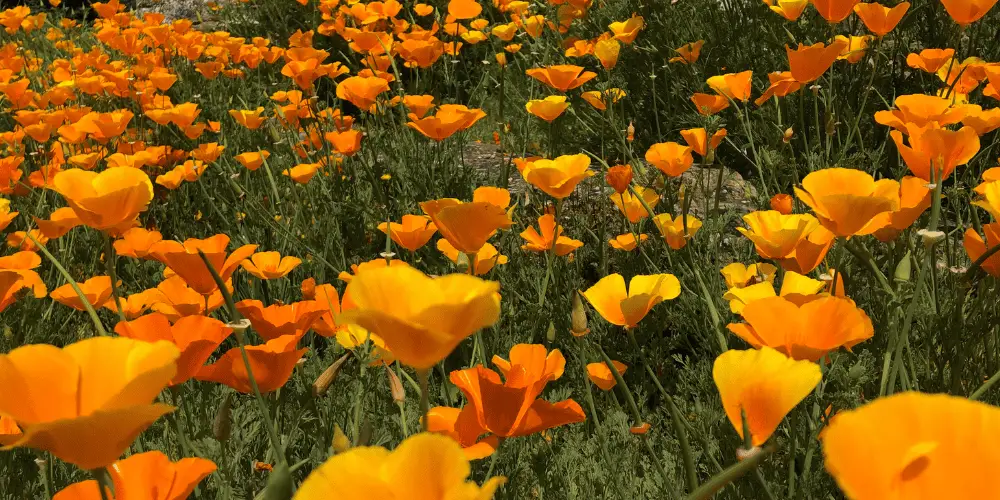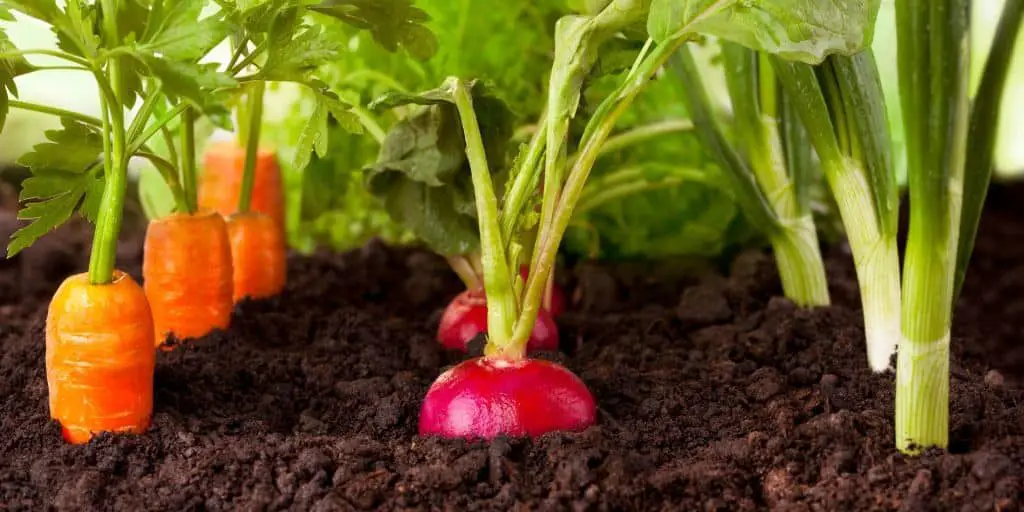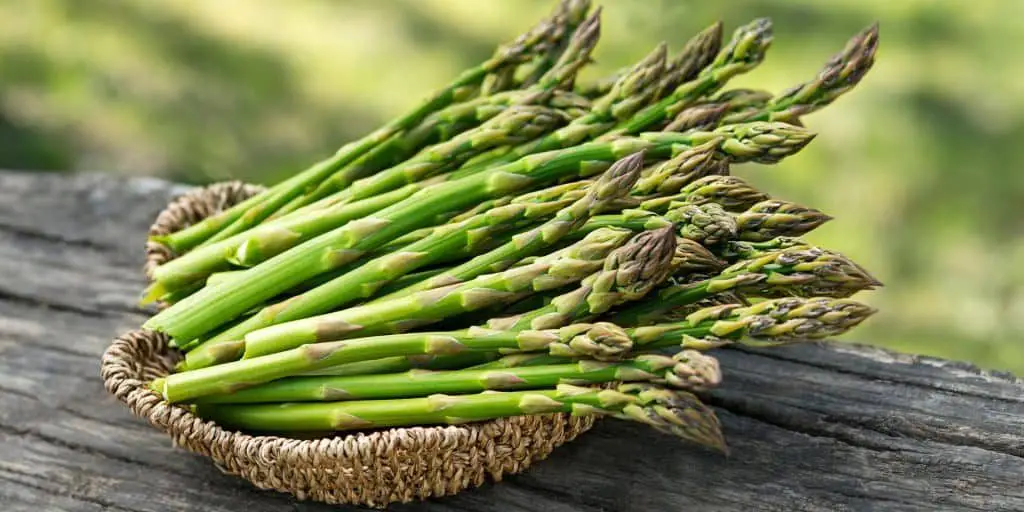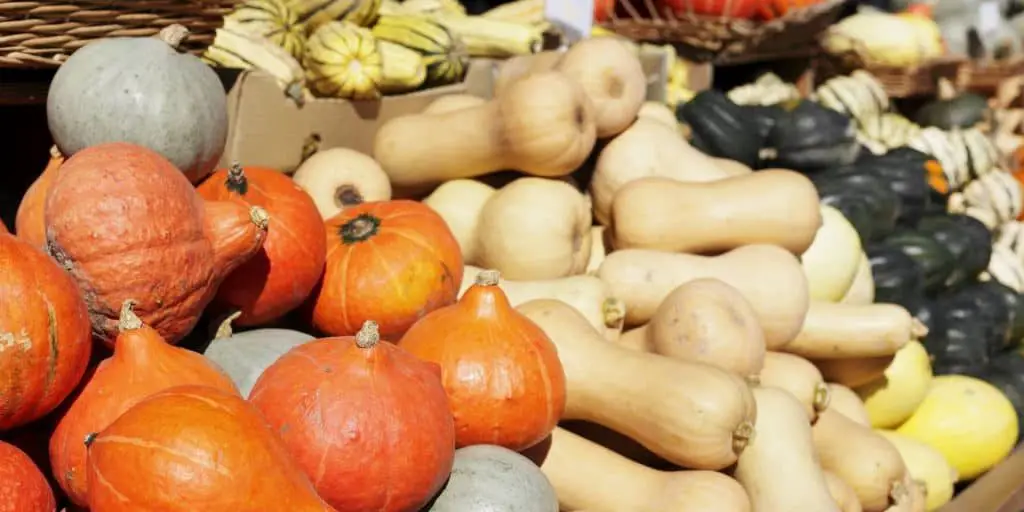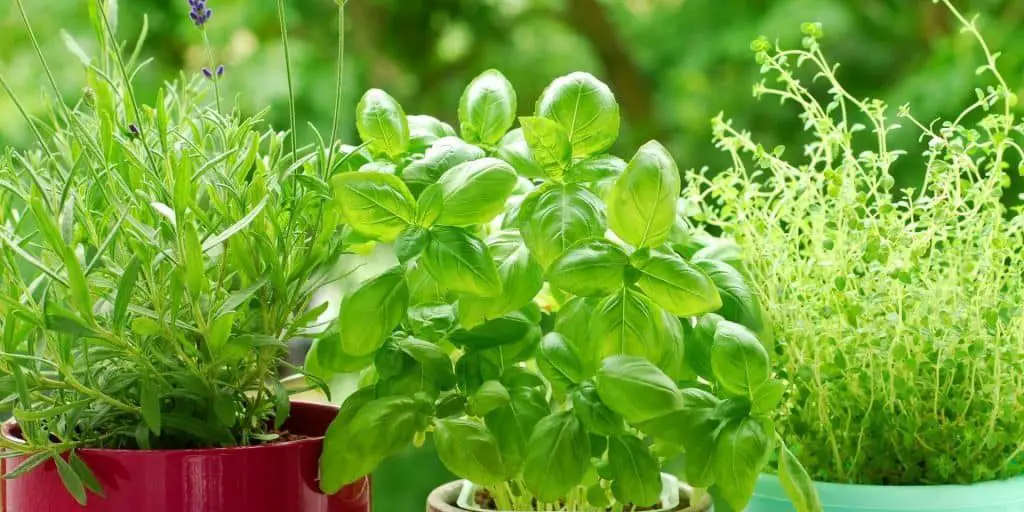
Herb Companion Planting
Whether you’re growing herbs in the garden, in a container, or on a sunny windowsill, a little planning can give you great success. Planning your herb garden, and knowing which herbs grow well together – or don’t! – can help keep your plants healthy and increase your harvest. Here is what you need to know to get the most out of your herb garden by using herb companion planting.
What are herbs, anyway?
Herbs are herbaceous plants that are grown for their culinary and medicinal values. They are used in cooking, in remedies, and in beauty products. Herbs are the leaves and stems of non-woody plants that are generally used when fresh. Spices, in contrast, can be the roots, stems, seeds, or fruit of plants are that usually dried before use. Humans have been using both herbs and spices since before recorded history.
What Is Companion Planting?
Companion planting is the practice of growing plants that complement and benefit each other, near each other. Farmers and gardeners have been using this concept for centuries, having discovered that when certain plants are grown together, they have better disease and pest resistance, increased attraction to pollinators, and greater yields than when grown apart. In other words, plants have best friends that bring out the best in them!
One of the best known companion planting is the Three Sister Garden of corn, beans, and squash. The beans grow up the corn plant, the squash covers the ground, and all three plants “work together” to discourage weeds, deter pests, and share resources.
There are herbs that rely on each other in this way, too.
Growing Requirements
When companion planting herbs, first look at an herb’s growing requirements. You should make sure that the herbs you want to grow are hardy in your area. Many herbs are annuals, naturally living only one growing season. Others are perennial (living 3 years or more) but are treated as annuals outside their hardiness zone. These can be moved indoors before frost hits.
Determine what herbs you want to grow. This is a truly personal choice, depending on what you like to cook, how you would like to use the herbs you grow, and how much space you have. Look through your go-to recipes – do you have a lot of favorite recipes that call for basil or oregano? Do you want to make fragrant sachets with lavender? Would you like to make teas? Do you want to provide food for swallowtail butterflies? As you can see, there are lots of reasons to grow a specific herb.
Next, determine how much space you have to grow the herbs you want, and if your garden will meet the plant’s cultural needs. For example: gardeners in Georgia can grow rosemary outdoors year around – it’s hardy in USDA zones 7 to 10 – but gardeners in Minnesota can only grow this herb outdoors in summertime.
And if you are growing herbs indoors on a sunny windowsill, dill or fennel would probably not be a good choice because they get so big. But you can have success there with parsley, basil, and thyme. These are great for herb companion planting!
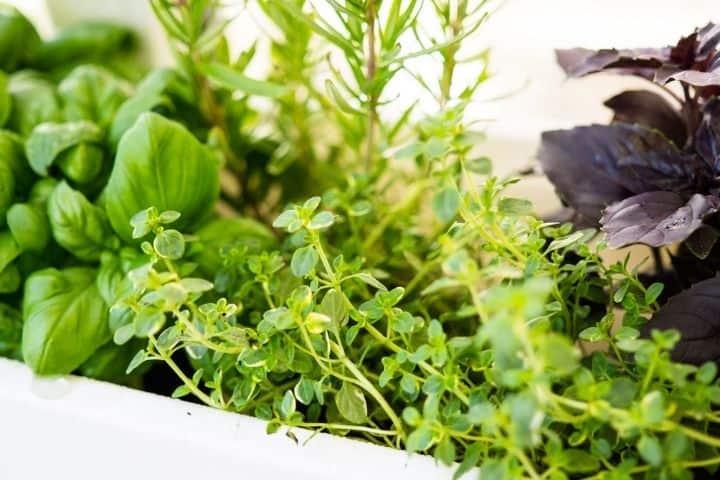
What type of soil do herbs like?
It depends on the herb. Some – especially those native to the Mediterranean area – prefer drier, gritter soils. Others like a more fertile and moister soil. If you plant the herbs that like a coarser soil together and plant the herbs that like a moist, well-drained soil in a different area, they all will grow happier.
How much sun do herbs need?
Almost all herbs like to grow in full sun, which is 6 hours or more of direct sunlight every day. However, there are a few that can tolerate shade, needing only 2 hours of sun to grow enough for you to reap a harvest. These include tarragon, dill, chives, parsley, mint, bay laurel, cilantro, lemon verbena, and chervil.
How much water do herbs need?
Plant herbs that have similar watering requirements together. Some herbs like drier conditions, like rosemary, thyme, and sage. However, some – basil, parsley, and oregano – need more moisture. Avoid planting herbs that have different watering needs in the same place. You will either drown the ones that like it dry, or parch the herbs that like more moisture.
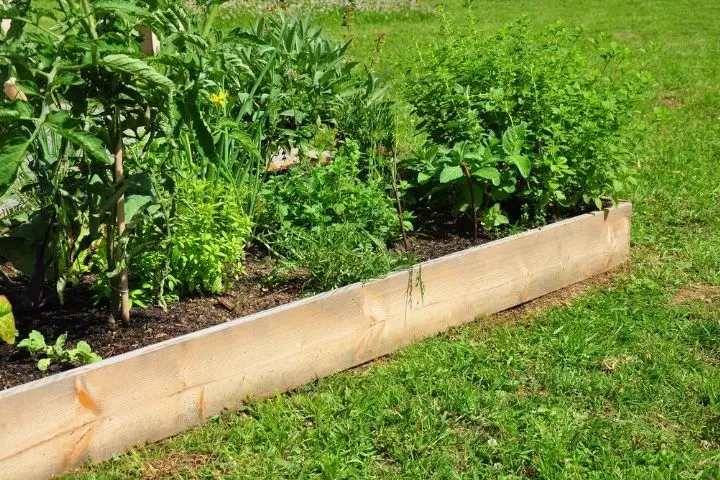
What herbs can be planted together?
So now that we know that different herbs have different requirements, let’s look at some herbs and their favorite companions. You can use any of these combinations depending on the size of your herb garden.
Basil grows well with parsley, tarragon, chives, oregano and cilantro.
Rosemary, thyme, sage, marjoram, oregano, and lavender will thrive when grown together.
Chives, dill, marjoram, tarragon, and parsley
Lemon verbena and lemon balm enjoy the same growing conditions. Dill and chives can also be planted with them.
Only plant sage with rosemary, lavender, lemon balm, lemon thyme, lemon verbena, lovage, oregano, parsley, savory, and thyme.
Thyme – can grow with bay, basil, chives, dill, lavender, lemon verbena, lovage, marjoram, oregano, parsley, rosemary, sage, and savory.
Herb Companion Planting Combinations to Avoid
Don’t plant basil with rue or sage.
Rosemary does best when planted on its own. It looks greats in a pot in the center of the herb garden. Fennel likes to be planted alone, too.
Fennel and cilantro are very competitive – don’t plant them together.
Mint is a vigorous grower and should have its own space in the garden or be planted in its own container so it doesn’t overrun other plants. You can plant it with oregano, but not other herbs.
Certain herbs can also be companion planted with vegetables and other garden plants. We’ll talk about that in another article.




